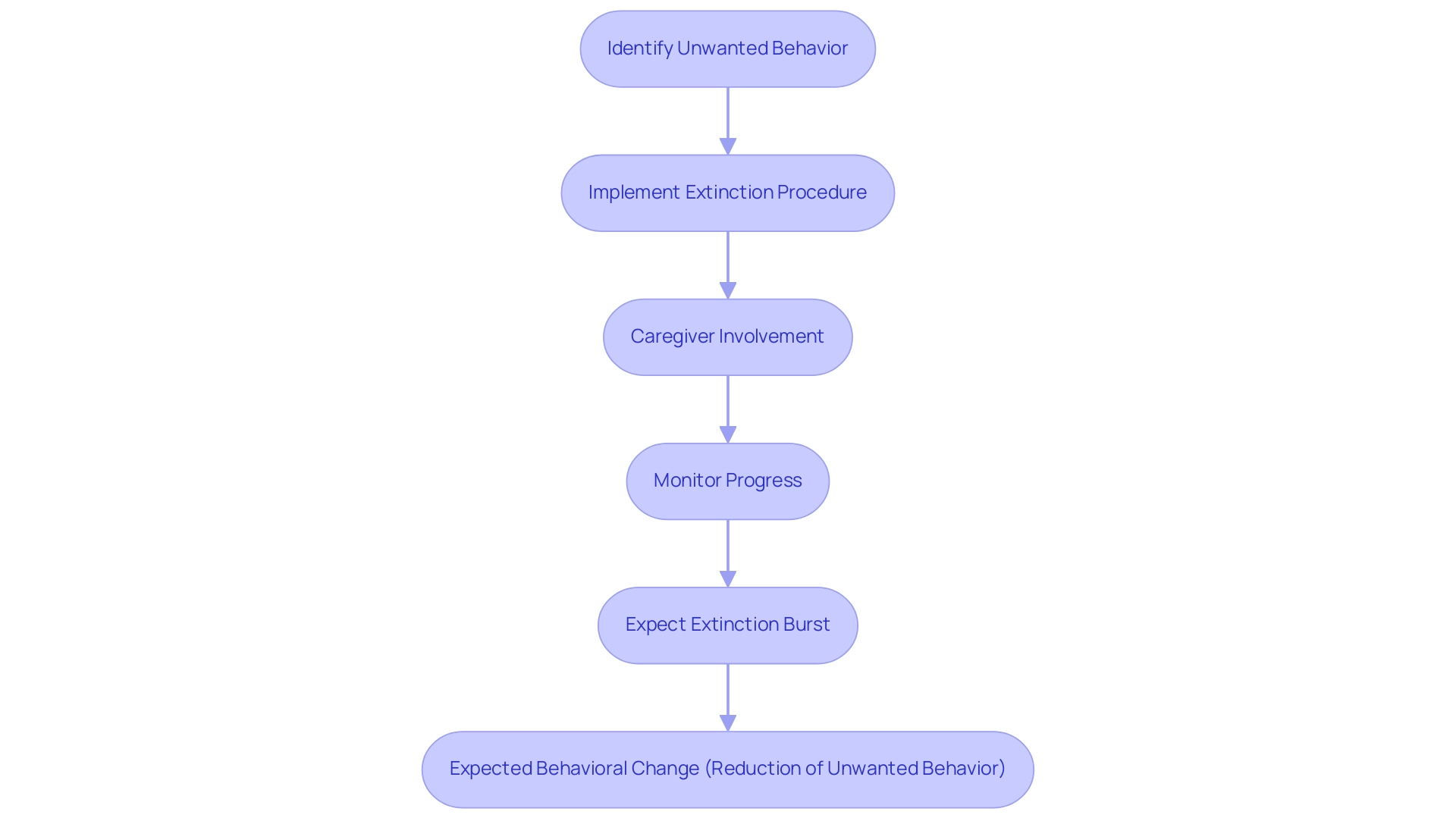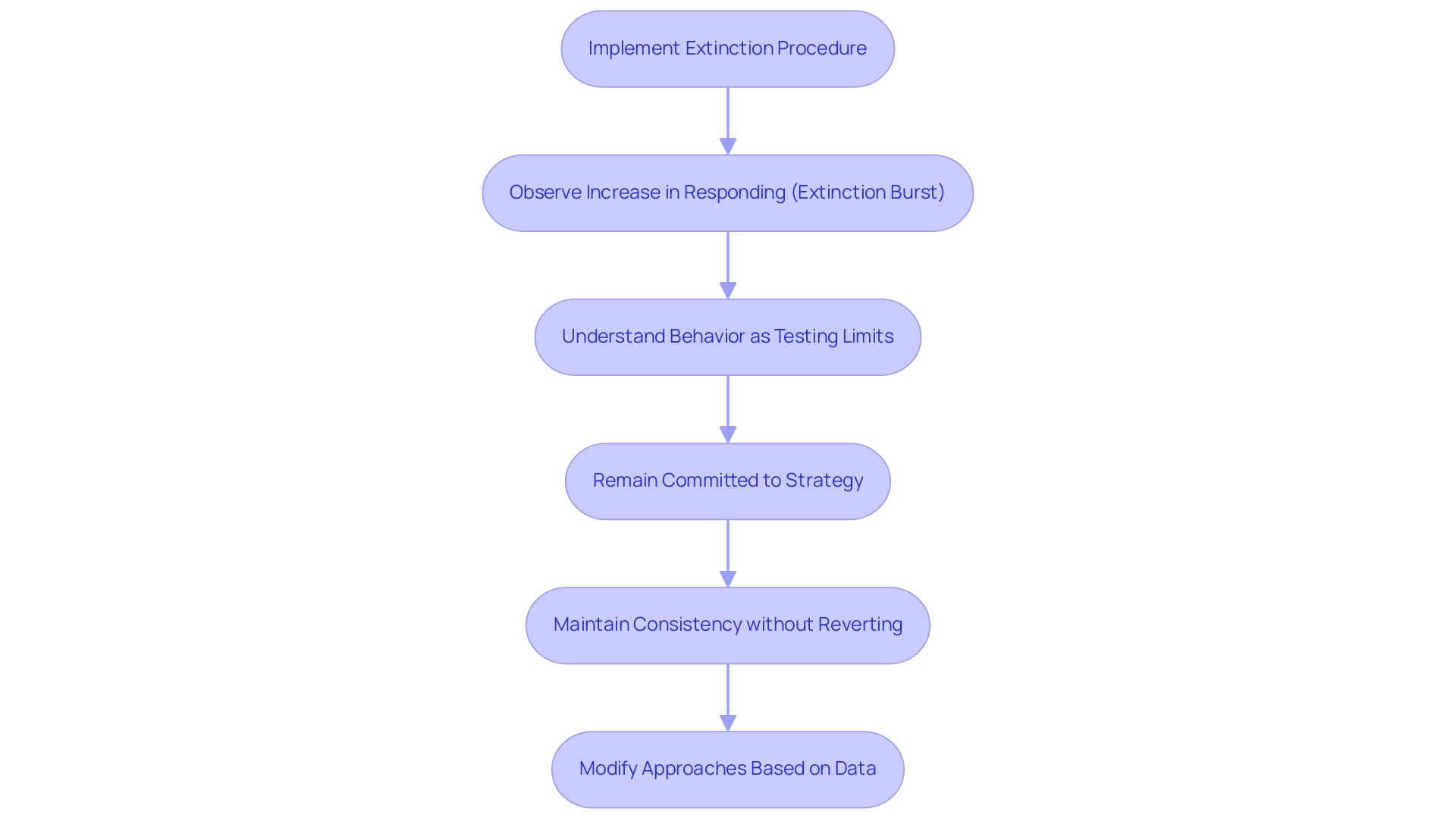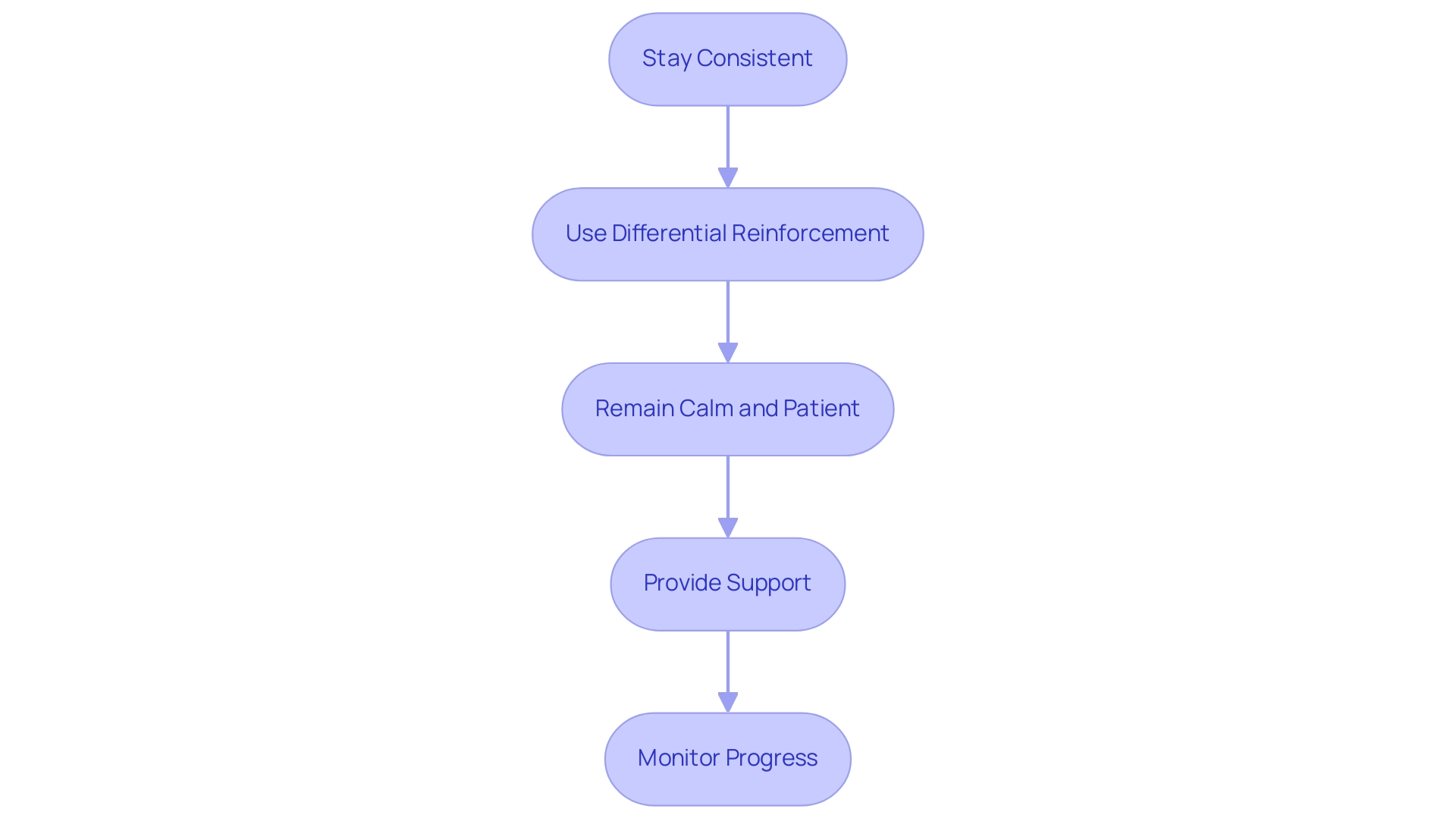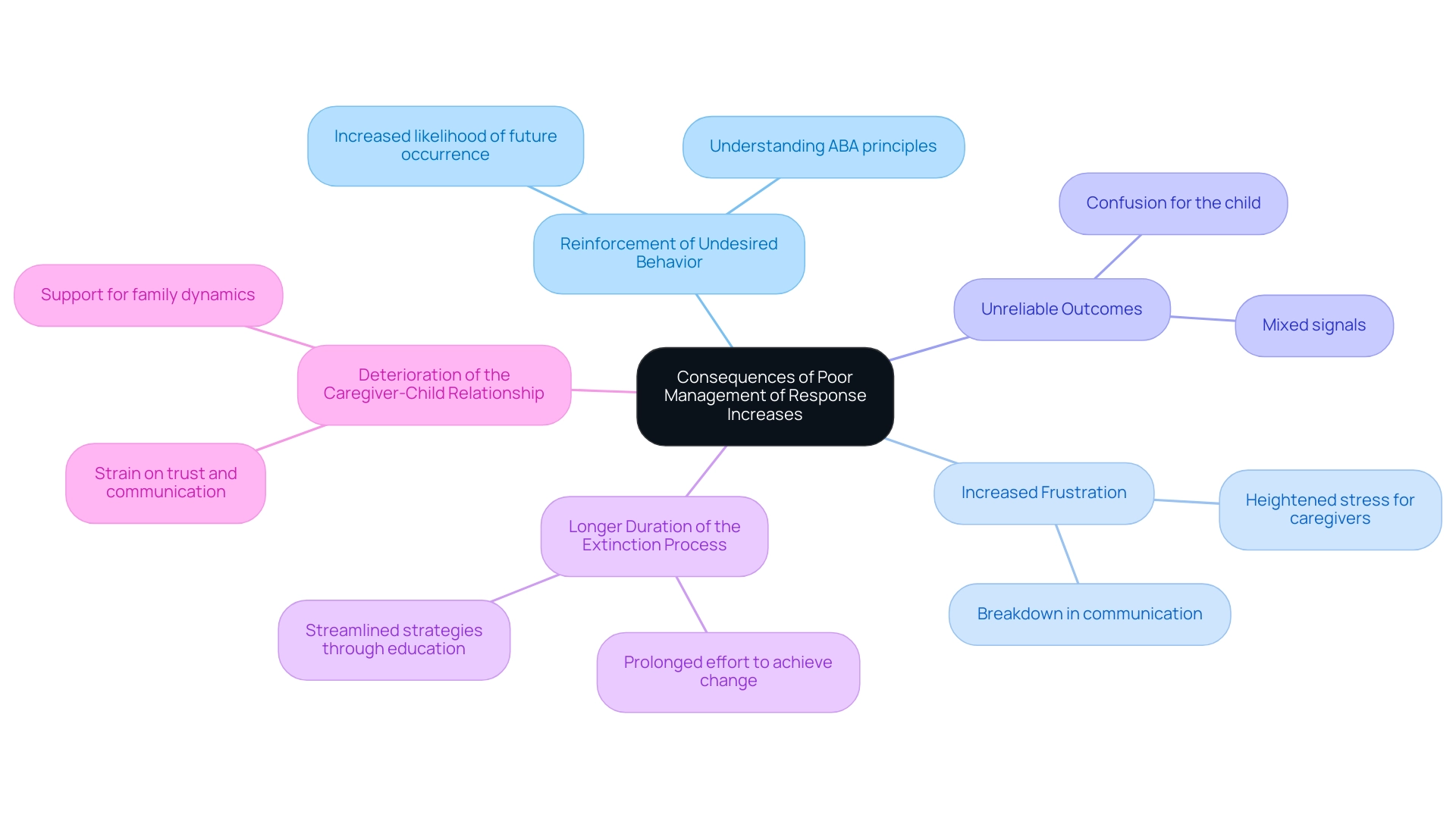Navigating the complexities of behavioral management can be daunting for caregivers, especially when faced with challenging behaviors in children. One effective approach is the implementation of extinction procedures, which aim to diminish undesired behaviors by removing the reinforcement that sustains them.
This article delves into the intricacies of extinction strategies, highlighting the critical role of caregiver involvement and the principles of Applied Behavior Analysis (ABA). By understanding the dynamics of extinction, including the phenomenon of extinction bursts and the importance of consistency, caregivers can empower themselves to foster positive behavioral changes.
With practical strategies and insights, this article equips parents with the knowledge needed to effectively support their child's development while maintaining a healthy family dynamic.
Extinction procedures are management strategies aimed at reducing unwanted actions by withholding reinforcement that previously sustained those actions. For example, if a young individual often throws fits to attract notice, the procedure would entail disregarding the tantrum actions, thus eliminating the reinforcement of attention. Comprehending the concepts behind extinction is essential, as it aids those providing care in anticipating changes in conduct and preparing for the difficulties that may emerge during the process.
Moreover, active caregiver involvement is crucial; by aligning with therapeutic strategies and consistently applying ABA principles, caregivers can enhance treatment effectiveness and contribute to their offspring's progress. The conduct care engine plays an essential role here, as it updates intervention and skill acquisition plans after each session based on the individual's progress, ensuring that treatment remains adaptive and responsive to their needs. It is important to note that while extinction can be effective, it may initially lead to an increase in the frequency of responding when an extinction procedure is initially implemented, before the undesired behavior begins to decrease, a phenomenon known as an extinction burst.
Emphasizing early intensive behavioral intervention (EIBI) can significantly enhance learning, verbal, and social skills in individuals with autism, making it crucial for guardians to be well-informed and empowered through education. By understanding ABA principles, guardians can make informed choices that positively affect their offspring's progress and achieve enhanced behavioral outcomes.

When implementing extinction procedures, caregivers may observe an increase in the frequency of responding when an extinction procedure is initially implemented, often referred to as an extinction burst. This increase occurs as the young one attempts to regain the reinforcement that has been removed. For instance, if a young one who typically receives attention for whining suddenly starts whining more frequently, it signals that the individual is testing the limits of the new approach.
Understanding that there may be an increase in the frequency of responding when an extinction procedure is initially implemented is a normal part of the extinction process, which enables those providing care to remain committed to the strategy without becoming discouraged. By applying ABA principles and actively gathering data on their offspring's behavior, guardians can make informed decisions that support their development. It is essential to remain consistent and avoid reverting to previous reinforcement strategies during this phase, as this consistency maximizes the effectiveness of the intervention and promotes better behavioral outcomes.
Moreover, education for those providing care not only enhances understanding of these processes but also reduces stress and improves family dynamics. Including quantifiable objectives and continuous assessment in the intervention enhances the assistance given by guardians, guaranteeing that they can modify approaches based on their offspring's development.

To effectively handle heightened responses during the cessation phase, guardians can apply various strategies that align with the principles of Applied Behavior Analysis (ABA) and improve their participation in their offspring's treatment:

Failing to manage the rise in responses during the cessation phase can lead to several negative outcomes that highlight the significance of provider education and active participation:

Implementing extinction procedures is a powerful strategy for managing challenging behaviors in children, particularly when coupled with the principles of Applied Behavior Analysis (ABA). By understanding how to effectively withhold reinforcement, caregivers can diminish undesired behaviors and encourage more appropriate alternatives. The process may initially lead to an increase in undesired behaviors, known as an extinction burst, but recognizing this as a normal response can help caregivers remain steadfast in their approach.
Key strategies such as:
are crucial for effectively managing this phase. Caregivers who actively monitor progress and adapt their strategies based on data will not only enhance the effectiveness of the intervention but also support their child's overall development.
The importance of caregiver education cannot be overstated; informed caregivers are better equipped to navigate the complexities of behavior management, leading to improved outcomes for both the child and the family unit. By embracing these strategies and remaining committed to the process, caregivers can foster a nurturing environment that promotes positive behavioral changes and strengthens family dynamics.